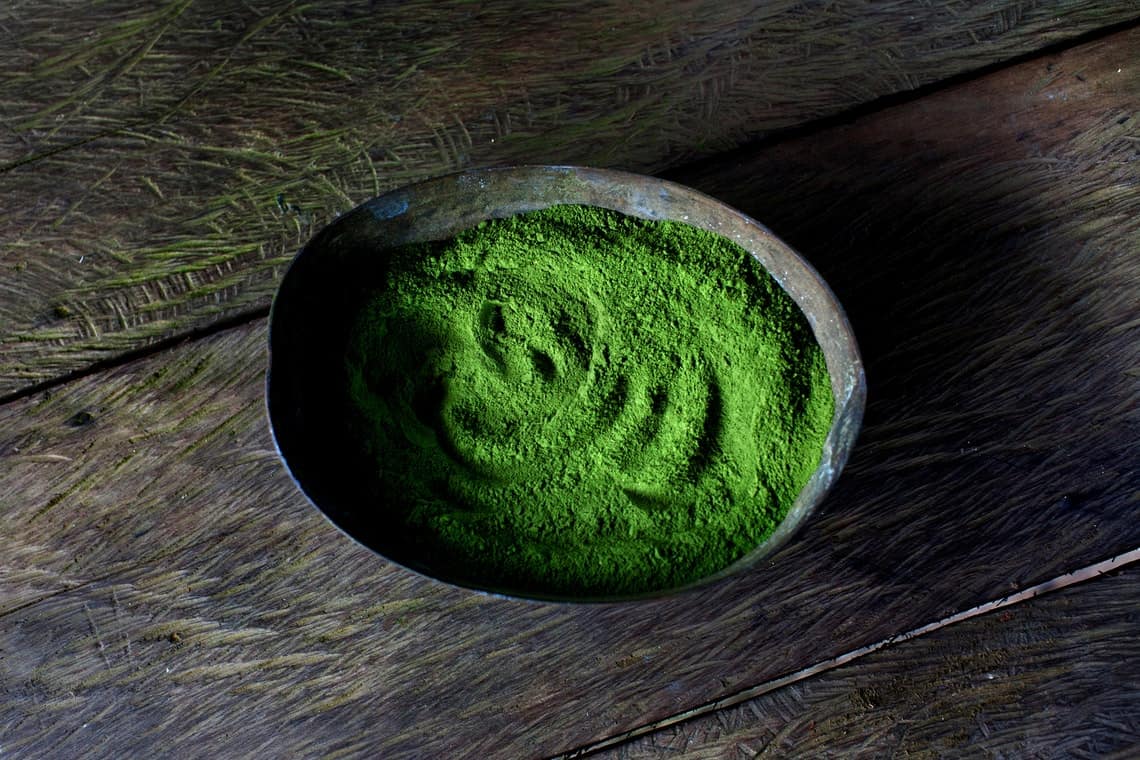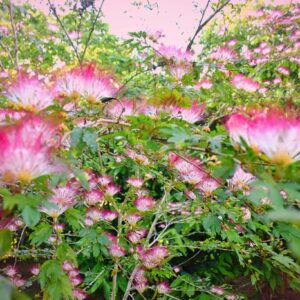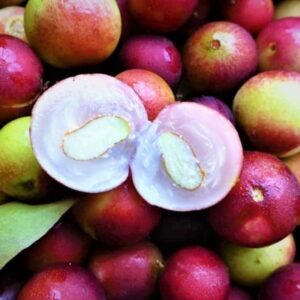Description
“Ypadú would not be more than an element in Amazonian botanical and ethnographic folklore were it not for its use, which enshrines it as a precursor in the current trend in favour of the ‘industrialisation’ of coca. Because ypadú leaves are very fibrous and their alkaloid content is low, lowland cultures have developed a process for transformation of the leaf that produces a very fine powder […]. The traditional technique consists of toasting the leaves in an earthenware pot, crushing them in a wooden mortar, mixing them with ash from the leaf of the yarumo plant (Cecropia spp.), and passing them through a sieve to eliminate the fibrous part. The resulting powder is easily handled and rapidly absorbed. Experiments done by Anthony Henman in Lima and São Paulo have shown that a modern ypadú, made with any variety of coca leaf and with ash made from quinoa straw, is well accepted by people who find the laborious process of chewing whole leaves to be tedious.
Ypadú could become the much-desired bridge between the traditional use of coca and new industrialised products demanded by the 21st-century world. Although it probably would not replace the traditional chewing of coca leaves, or chacchado, in the Andean countries, it could become and alternative to refined cocaine, which – despite all efforts to suppress it – has become a mass-consumption commodity in large areas of the world. As a result, it could become an effective tool for public policies that seek ‘harm reduction’ and a way to absorb the properties of coca.
In short, ypadú would help achieve what no government has managed to do: re-educate the demand for cocaine and, along the way, return coca to its deserved pre-eminence as an ancestral plant of wisdom.”




Reviews
There are no reviews yet.